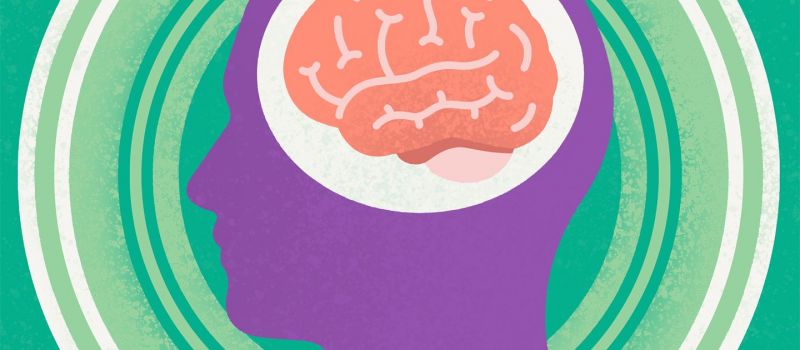Stroke: Symptoms and Types
By Canada Cloud Pharmacy | Published Thursday 10 June 2021

A stroke is a medical condition in which the blood supply to an area of the brain is cut off completely or reduced. Consequently, the brain tissue cannot meet its required nutrients and oxygen demand for normal functioning, and the brain cells may start to die. A stroke needs immediate and early diagnosis and treatment as it is a medical emergency.
Signs and Symptoms:
A stroke has the following major symptoms:
Drooping on one side of the face: The patient may have facial drooping on one side of the face and it may be difficult for the patient to smile.
Arms: The patient may not be able to lift their arms due to weakness and numbness in the arm.
Speech: The patient may have slurred speech and he/she may not be able to talk. He/she may also have difficulty understanding what other people are saying.
It is crucial if you notice any of these symptoms, you should contact a medical emergency room immediately.
Types of stroke:
There are many types of strokes and it is important to distinguish between them as the treatment and recovery process depends on the specific type of stroke. Following are the major types of stroke:
Ischemic stroke: Ischemic stroke happens when there is a complete blockage of blood vessels supplying an area of the brain. The most common cause of ischemic strokes is blood clots in the blood vessels. Specifically, ischemic strokes comprise 87 percent of all strokes.
Hemorrhagic stroke: It occurs when there is a blood leak in an artery in the brain. It usually manifests due to the rupture of a blood vessel. The leaked blood compresses an area of the brain and impairs its functioning. Aneurysms and high blood pressure are major causes of a hemorrhagic stroke.
Transient ischemic attack: This is different from a stroke in that it occurs when blood flow to the brain is impaired for a short amount of time like under 5 minutes. This is a medical emergency and without a required test, there is no way to know whether it is a stroke or a transient ischemic attack. Transient ischemic attacks increase the risk of having a stroke in the future.



 Canadian Company
Canadian Company 



 Sign In
Sign In
 Home
Home 
 About Us
About Us 
 How to order
How to order 
 Products
Products 



